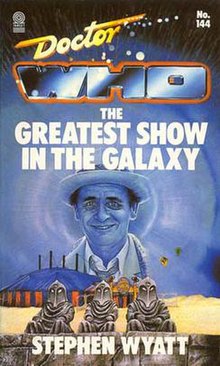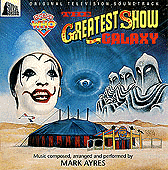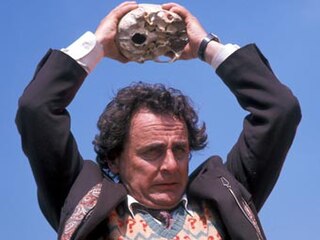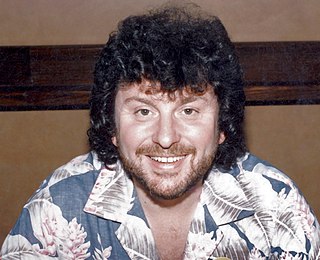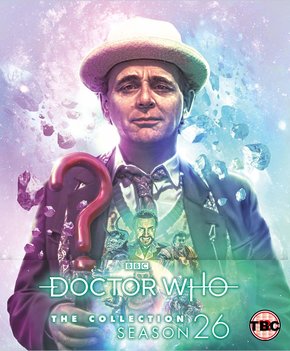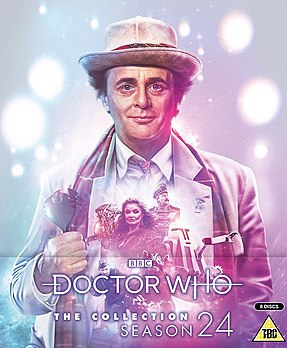Plot
The Seventh Doctor and Ace are invited to the Psychic Circus on Segonax. Aside from others who have been invited, the Circus is surprisingly empty; a few entertainers and stagehands are present alongside the Ringmaster and Morgana, the ticket seller and fortune teller; the only audience is a stoic family of three: a father, mother, and daughter. The Doctor and Ace learn that they are expected to perform and those who fail to entertain the family are annihilated. Escape is nearly impossible, as the Chief Clown, aided by numerous kites used for surveillance, leads a group of mechanical clowns around the wastelands of Segonax to recapture escapees.
The Doctor and Ace discover the corpse of Flower Child, who had attempted to escape. Ace takes one of her earrings and pins it to her jacket as a keepsake. The Chief Clown later notices this and demands to know where Ace got it; she flees into the circus, finding the robot-mechanic Bellboy hiding there. He recognises Flower Child's earring; although his memories were disrupted when he was captured, he tells Ace he remembers there being more people at the circus. Ace unties him and they hide in a circus caravan, where Ace tries to help Bellboy recover his memory.
The Doctor, meanwhile, has joined with intergalactic explorer Captain Cook and Mags, who had also been invited to the circus. The Ringmaster tells them that they will be expected to entertain soon. Mags joins the Doctor as he explores the circus to try to learn what really is going on. They find a well, with a glowing energy source at the bottom, featuring an eye symbol similar to that on the Chief Clown's kites and Morgana's crystal ball. They are cornered by Cook along with several mechanical clowns, who tell the Doctor that he is on next. The Doctor escapes, encountering a worker named Dead Beat who has a medallion with the same eye symbol.
The Doctor enters the same caravan in which Ace and Bellboy are hiding. Ace has helped Bellboy restore his memories. In the past, Dead Beat, then known as Kingpin and owner of the Psychic Circus, had come to Segonax in search of a great power; in finding it, the power drove him mad and caused him to enslave the rest of the circus to that power. The Chief Clown locates the three in the caravan, and Bellboy, feeling responsible for Flower Child's death as he had been forced to construct the robotic bus conductor, sacrifices himself to let the Doctor and Ace escape.
The Doctor and Ace locate Dead Beat and take him to the well. The Doctor recognises Dead Beat's medallion is missing a piece; he believes it to be in the bus and offers to cover for Ace and Dead Beat to look for it by taking his role in the ring. Cook says that the Doctor, he, and Mags are up next. Cook asks for a beam of moonlight to aid in his performance, which reveals Mags to be a werewolf. However, instead of attacking the Doctor, she attacks and kills Cook. The family cheers, entertained by the violent display, and the Doctor and Mags escape. With no other entertainment, the family orders the Ringmaster and Morgana to perform, but they fail to entertain and are also killed.

Ace and Dead Beat recover the medallion piece from the bus and, once attached, Dead Beat recovers his Kingpin personality. Kingpin helps defeat the Chief Clown and his robots before they return to the circus, only to find the Doctor has again been called to entertain the family. The Doctor has determined that the family are really Gods of Ragnarok, who feed on entertainment and kill those who do not satisfy them. The Doctor instructs Ace and Kingpin to throw Kingpin's medallion, linked to the dimensional portal that the Gods use, into the energy well while he tries to give them time by performing for them. Ace and Kingpin complete this task just as the Doctor is about to be obliterated; the medallion falls into the ring—as the well was a dimensional portal—and the Doctor uses the medallion to reflect the Gods' powers back onto them. The Doctor leaves the main tent as it explodes.
The Doctor regroups with Ace, Mags, and Kingpin. Kingpin and Mags decide to reclaim the circus and take it to a new planet to start it anew. The Doctor and Ace say their goodbyes.
